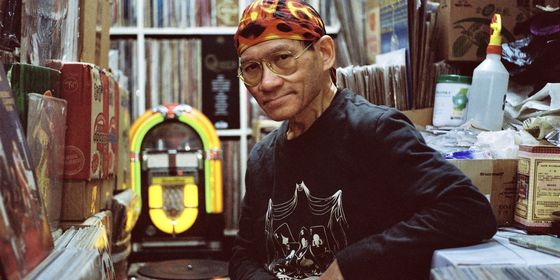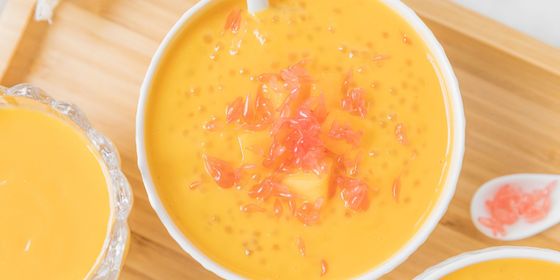Catch a last glimpse of Kowloon’s Pang Jai fabric market, once a thriving center of East Asia’s textile industry, before it makes way for new construction
Walking into the Pang Jai fabric market in Sham Shui Po, Hong Kong, feels like entering an old mineshaft: a seemingly endless grid-like network of narrow pathways; makeshift supports holding up the sheet-metal-and-canvas patchwork of a roof so low one can almost touch it. Incandescent lights dimly illuminate the ceiling-high walls of fabric bolts in all colors and materials imaginable.
The trees surrounding the market, some of which were planted by the early hawkers for rain and sun protection when they first arrived over four decades ago, have literally become part of the structure, with branches growing into and embracing the metal fence surrounding the market and roots shooting through crevices in the concrete floor. There are radios bordering on antique playing Cantonese pop or local talk shows, and electric fans everywhere to keep hawkers cool when temperatures reach 40 degrees Celsius in summer. The whole market feels alive, filled not just with fabrics, but with the lives and memories of the people selling them—but all of this will be gone by the end of January.
Pang Jai, located in the heart of Kowloon, is bustling with activity when TWOC visits. Many visitors have come to catch a glimpse of old, makeshift Hong Kong before yet another part of it vanishes for good as the government, after years of indecision, is finally moving forward with plans to clear the area for residential construction. The hawkers are busy chatting and having their pictures taken; some of them have been here since the market’s beginning. At the time, subway construction in the area forced hawkers to relocate from nearby Yu Chau Street and set up shop at the rectangular area on the corner of Yen Chow Street and Li Chi Kok Road, today known as Pang Jai (meaning “shack” in Cantonese).
Tung Suk (Cantonese for “Uncle Tung”) has been here since the beginning. Now 90 years old, he is sporting what has become his signature outfit over the years: an orange raincoat and baseball cap. He has been in the leather and textile trade since the late 1950s, first at another market nearby before moving to Pang Jai in the late 1970s.
Fabric of Life: The Final Days of Hong Kong’s Famous Pang Jai Market is a story from our issue, “Kinder Cities.” To read the entire issue, become a subscriber and receive the full magazine.













